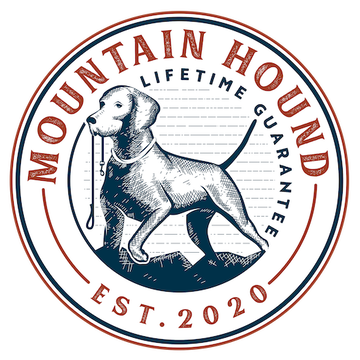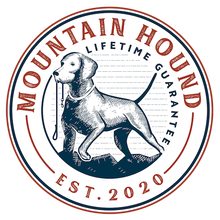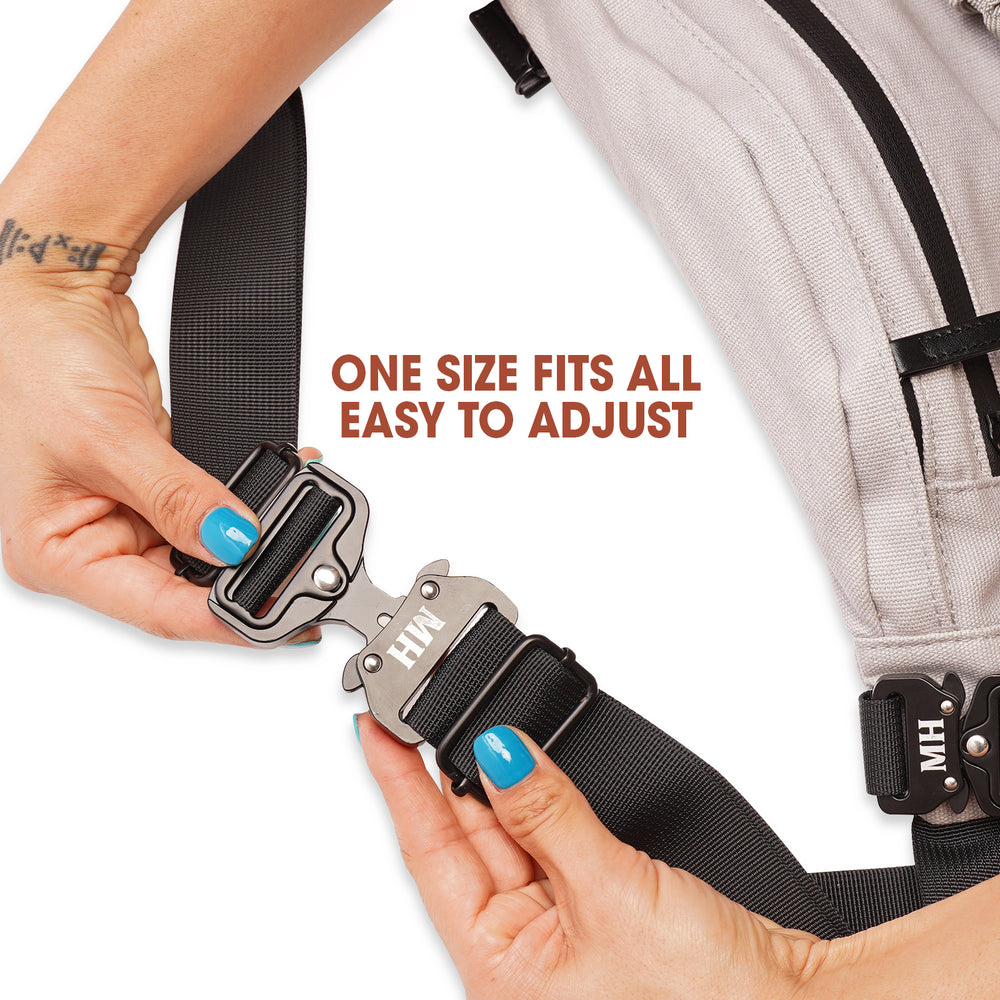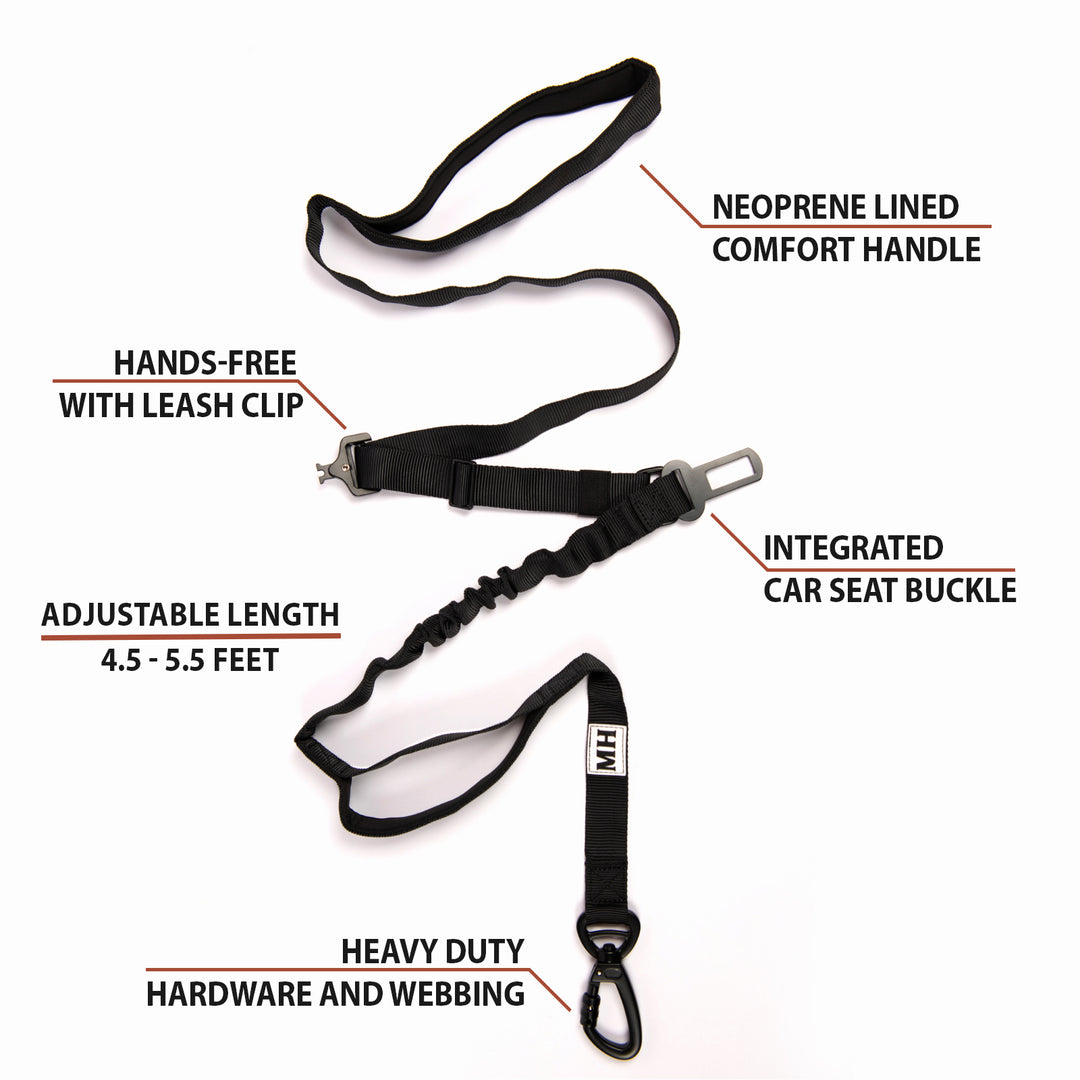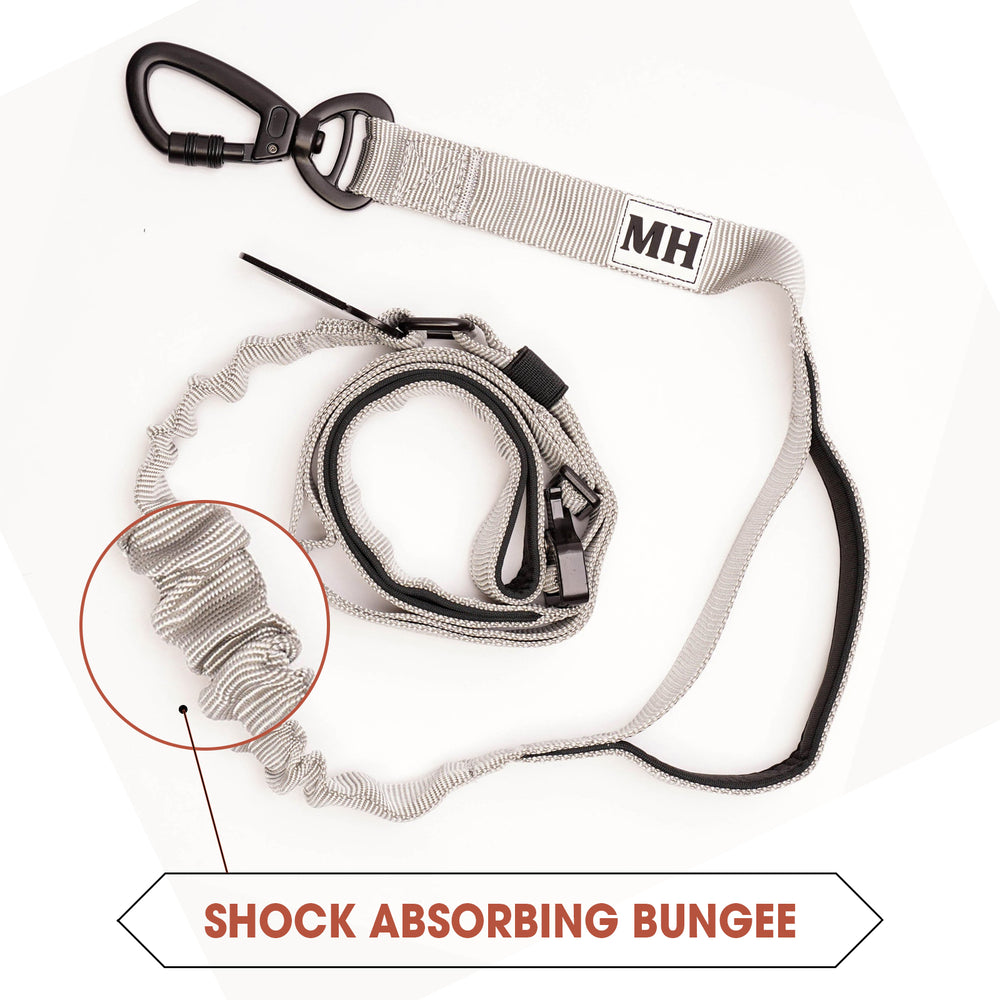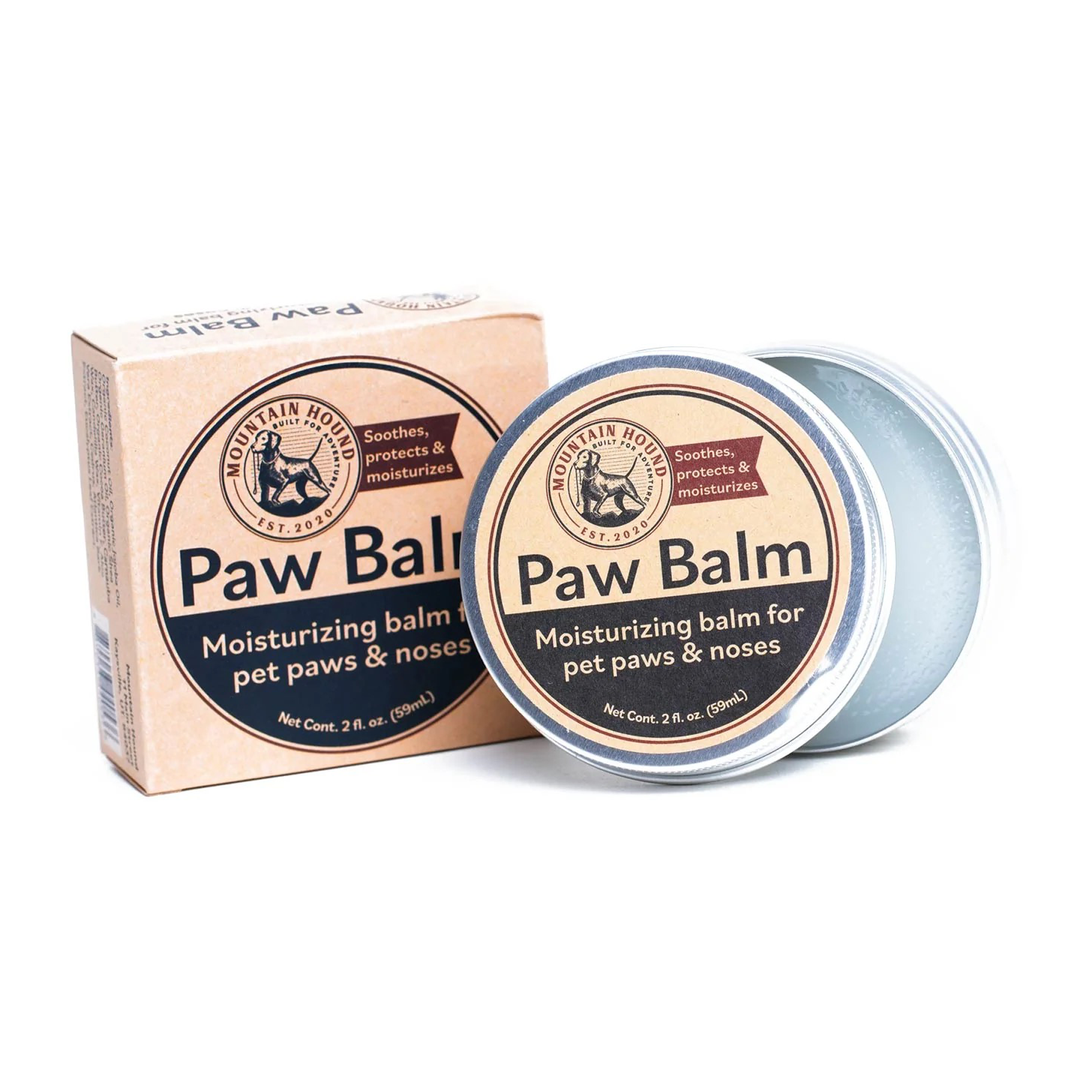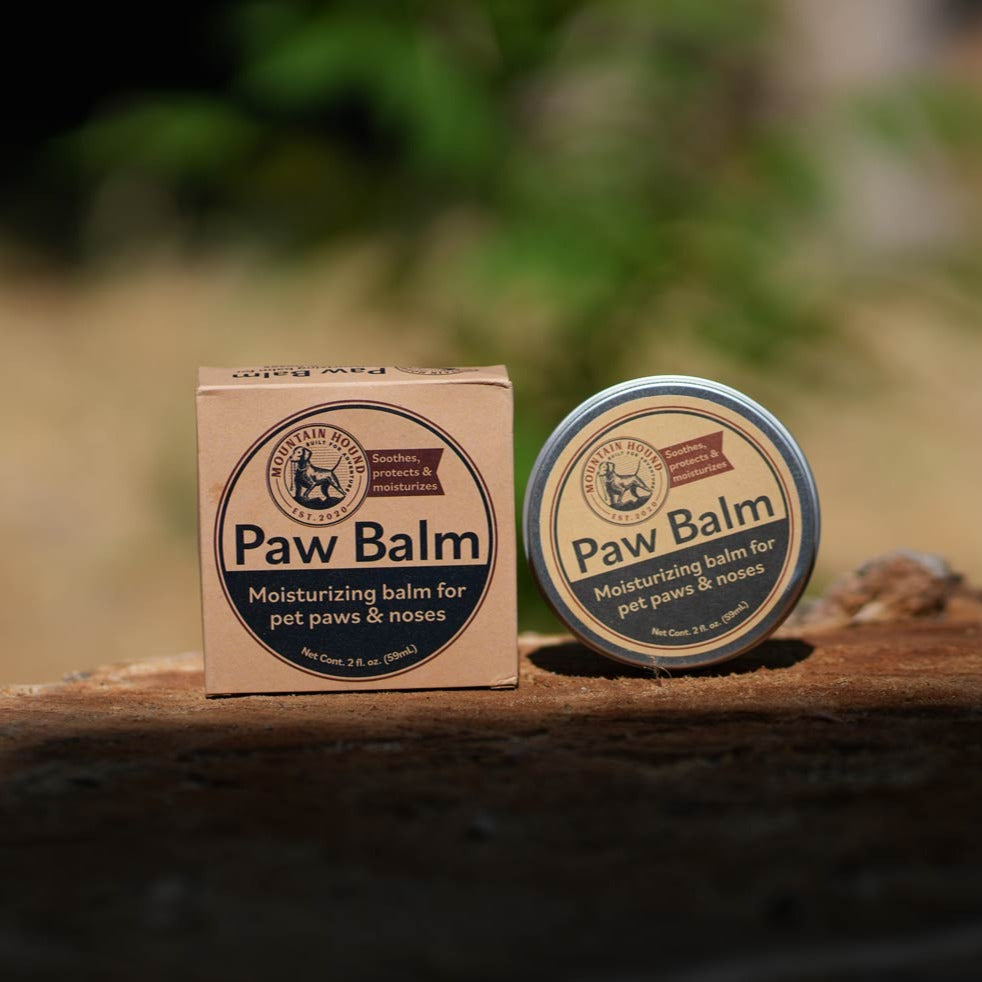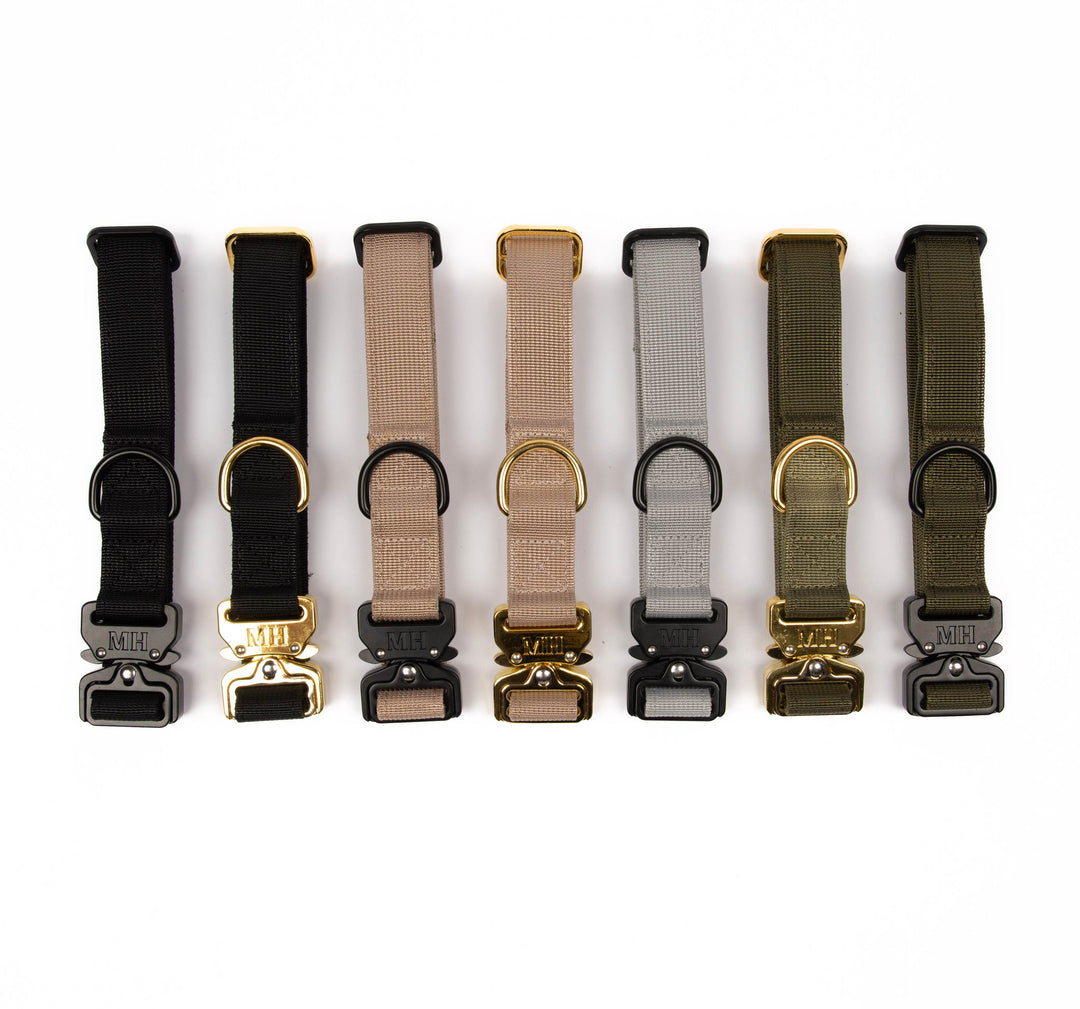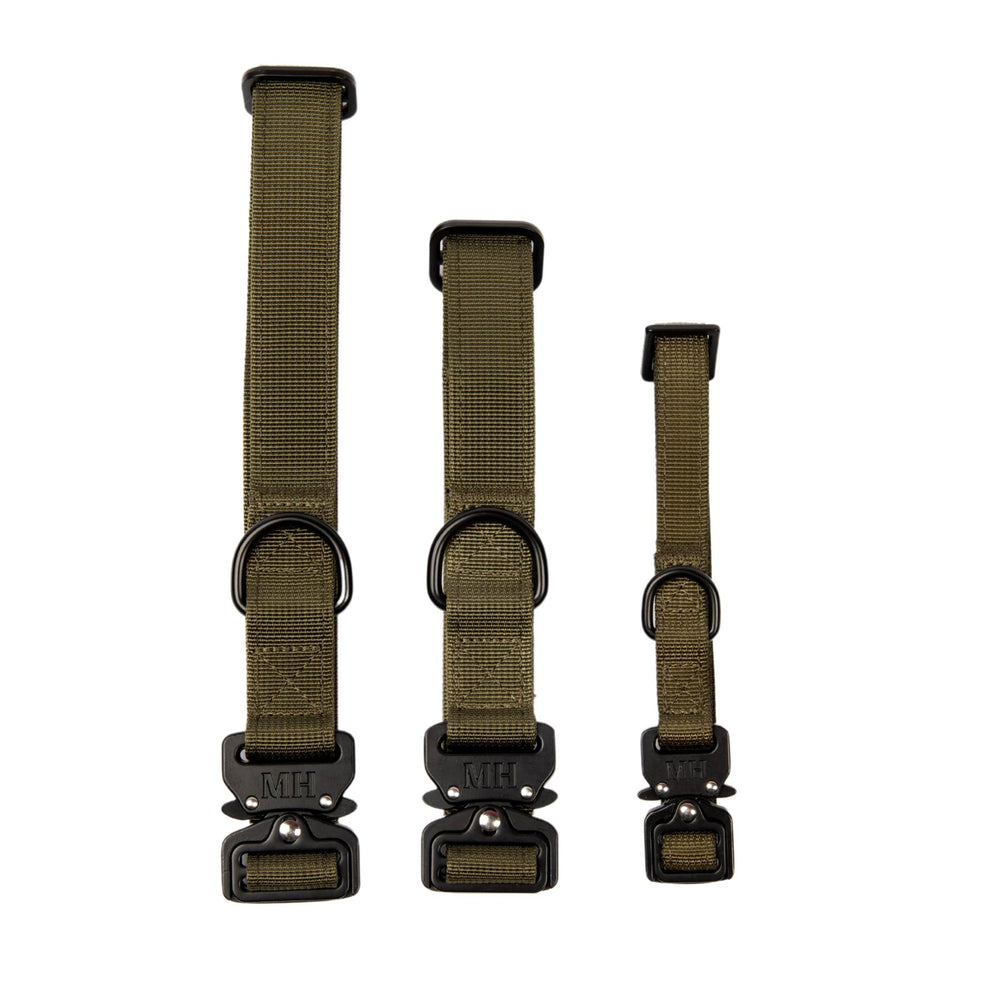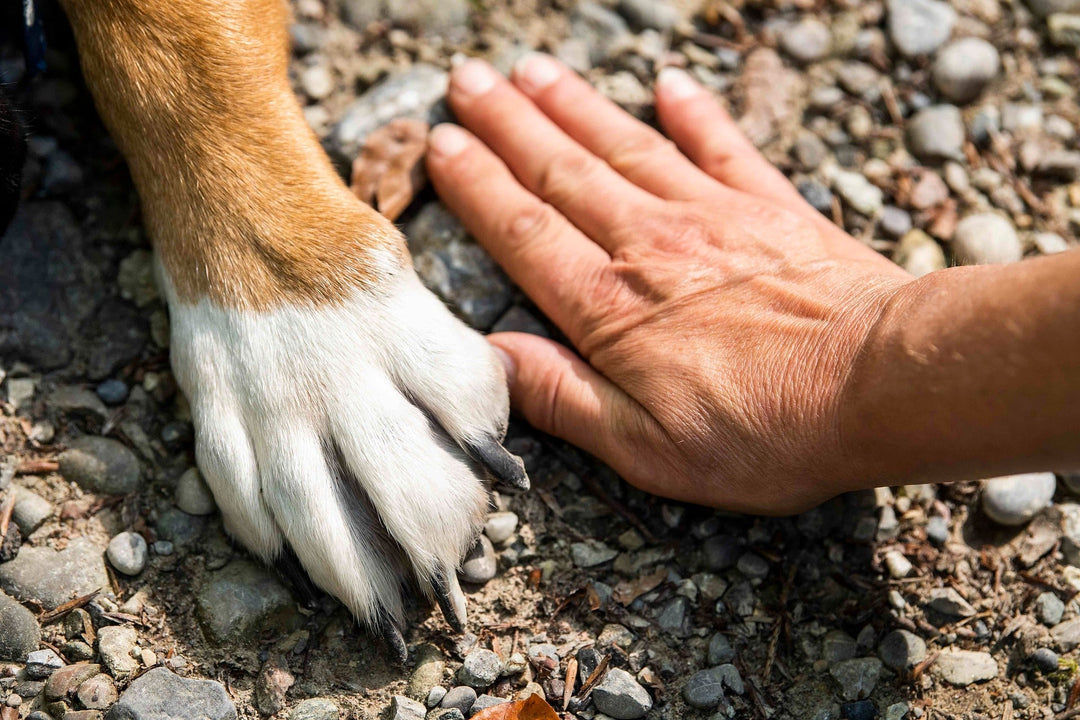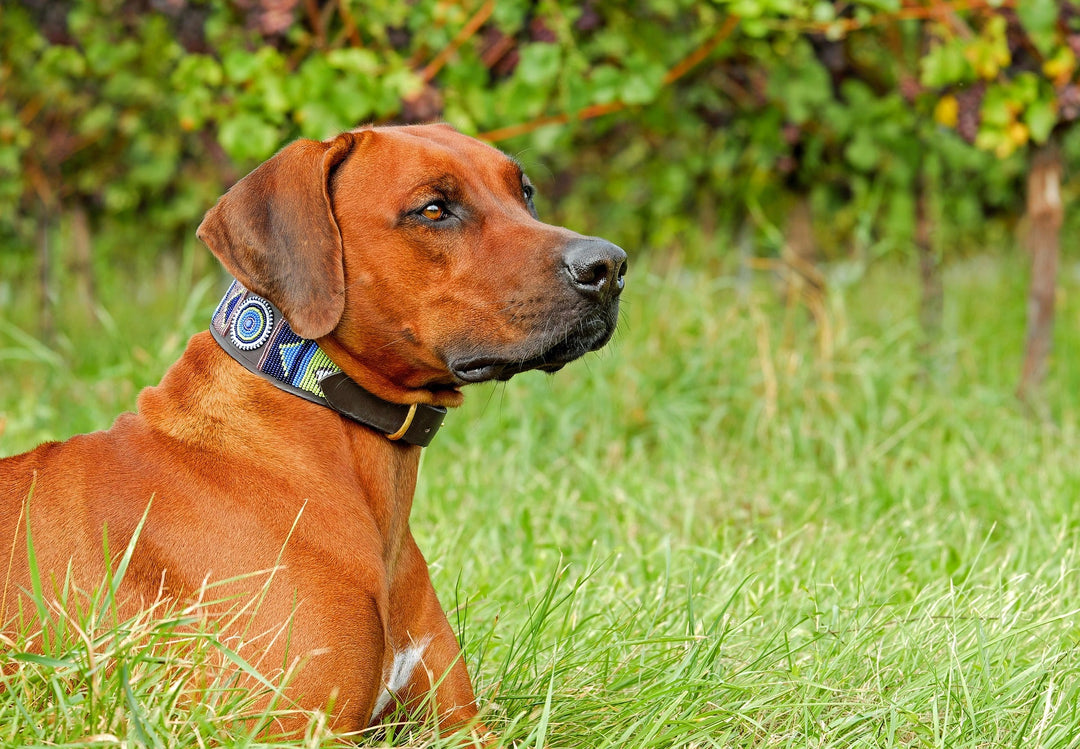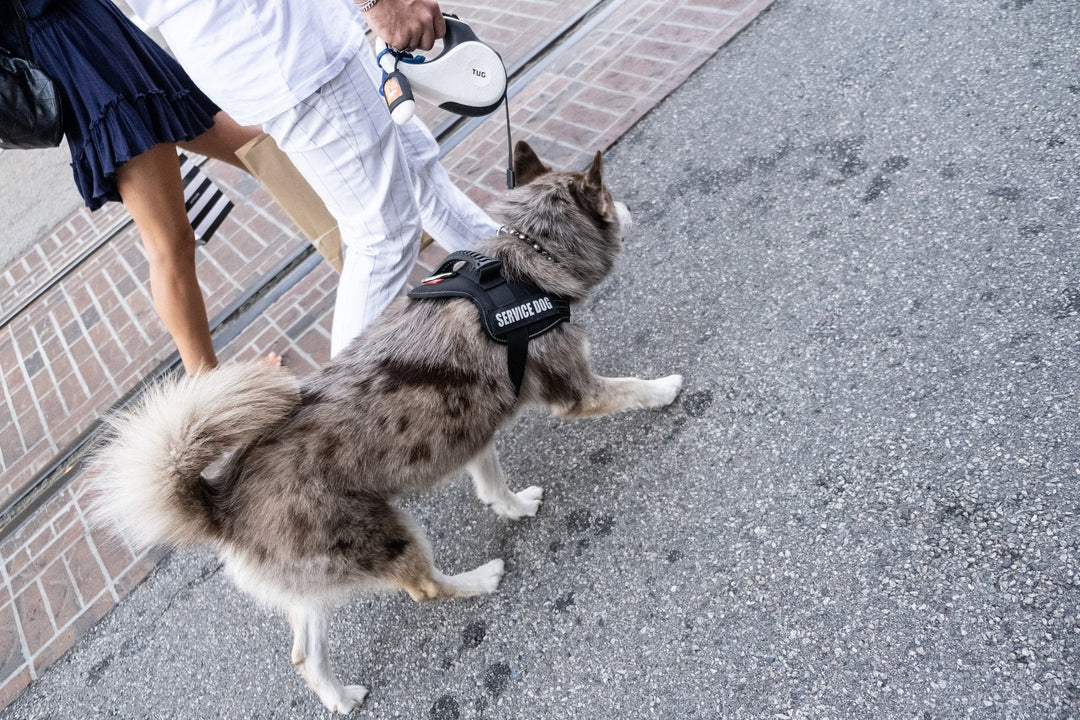Dental Care for Dogs: A Guide for Puppies and Older Dogs

Did you know poor dental hygiene in puppies and dogs can lead to periodontal disease? We bet you didn't know it can also result in scary health issues like gum inflammation, kidney or liver disease, and congestive heart failure!
Our blog post today will discuss how to brush your pups' teeth, what to use when brushing their teeth, and how often you should brush them. We will also cover the signs of gum disease or tooth decay in puppies and dogs and provide tips on choosing the correct dental aids to help maintain your dog's toothy grin.
Dog Teeth Cleaning
What to use:
When brushing your dog's teeth, it is important to use a toothbrush specifically designed for dogs. Canine toothbrushes typically have small, soft bristles and can be found at most pet stores or online. It is also important to use dog-safe toothpaste - never human toothpaste, as this often contains Xylitol (artificial sweetener) which is more toxic to hounds than chocolate!
How to Brush a Dogs Teeth:
Gently brush your dog's teeth, using small circular motions, paying special attention to the back molars and gumline. Don't worry; dog toothpaste generally tastes delightfully meaty, which means most hounds are happy to comply with a toothbrushing session.
However, some puppies and older dogs may become uncomfortable when cleaning their chompers. In this instance, force is not advised! Instead, patience is key; start slow and reward them with treats and praise when they cooperate and allow you access; however, limited to their pearly whites!
How to Spot Gum Disease During Pet Teeth Cleaning
Below are several signs pet parents should be aware of when it comes to gum disease and tooth decay in puppies and dogs:
- Bad Breath
- Yellowing/discolored teeth
- Excessive drooling
- Difficulty chewing/eating
- Pawing at their face
- Swelling
- Bleeding gums
- Tooth loss
If pet parents notice any of these signs, they should immediately contact their hound's veterinarian for a dental check-up, treatment, and professional cleaning as soon as possible.
Maintaining Dog Hygiene in the Chomper Department
Selecting the right equipment for dog teeth cleaning is important, and so is choosing the right chew toys and dental treats. Many are specifically designed to enhance oral health and overall doggie health.
Use the below guidelines to choose the right dental equipment for maintaining your hound's glistening fangs!
-
Dog toothbrush
Dog teeth cleaning doesn't require a stiff or hard toothbrush. Instead, choose a hound toothbrush with soft nylon bristles to lessen tooth and gum discomfort.
-
Dog toothpaste
Choose a doggie toothpaste that is either meaty or non-flavored, as dogs don't enjoy strong minty flavors.
-
Dental chews
Dental chews come in many flavors and sizes. Ideally, the dental chew should be bigger than your hound's mouth to prevent choking and should also be low-calorie (if possible) to prevent unnecessary weight gain.
-
Chew toys
Made from rubber, wood, rope, and other materials, chew toys prevent the build-up of plague and tartare by mechanically removing dirt and cleaning your dog's teeth simultaneously. Select an appropriate chew toy according to the size and chewing habits of your furry friend.
The Final Chomp
Following these tips can help keep your dog's teeth and gums healthy for many years to come! However, if you are worried about your pet's dental health, talk to your veterinarian. They will be able to advise on how best to care for your dog's teeth and the products you can use to help keep their canine smile bright and healthy.
